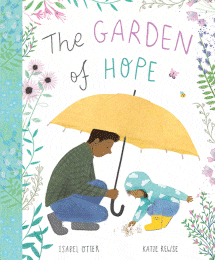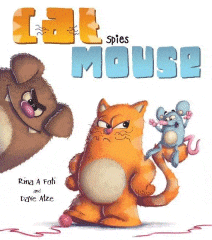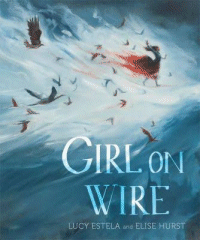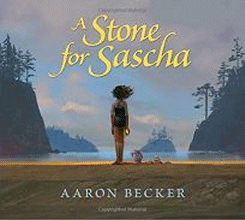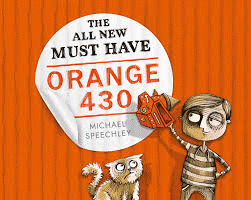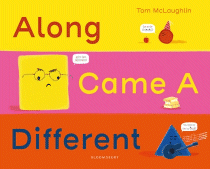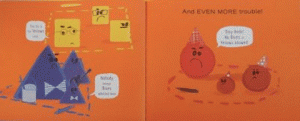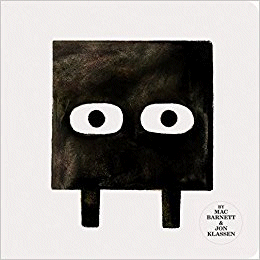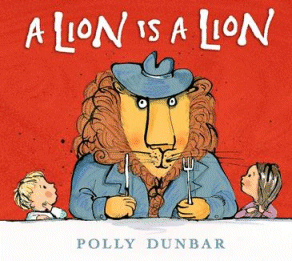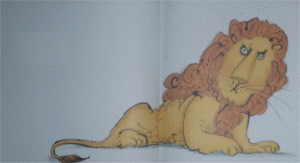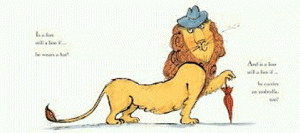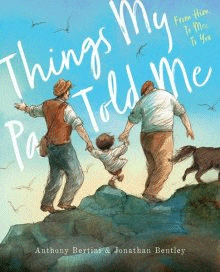
Things My Pa Told Me
Things My Pa Told Me
Anthony Bertini
Jonathan Bentley
Little Hare, 2018
32pp., hbk., RRP $A24.99
9781760501426
Ask a young child their age and they will tell you, but invariably they will add, ” But I’m turning…” It seems that all we want to be when we are young is older! In this beautifully illustrated book, a father passes on the wisdom that he heard from his own father to his son.
“Your shoes are too big. You will grow into your clothes.”
“You will fail many times. But you will overcome disappointment. Your scars will heal.”
“Assemble the maps. But set your own compass.”
But as he makes these promises he urges his son to revel in what he has now and enjoy it because it is a time that will pass too quickly.
“You will be big most of your life. Enjoy this brief time, just you and me, Our days together are short. Sometime soon, you will just be you.”
Told in short sentences that are almost poetic in their choice of language and brevity, this is a conversation for a son that is so personal and private and yet so universal and public. Bentley’s illustration are sublime as they portray an earlier time in a small Italian village when the father’s father is talking to him and the truth of his words evolves. There is a sense that the child will absorb these messages to pass them on to his own child in turn.
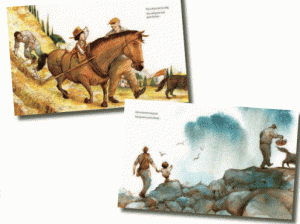
A peek inside...
We know that our children cannot conceive of us ever having a childhood, that we are old and know nothing of their world and that advice we offer is irrelevant, if not interfering. But with father’s Day on the horizon, this is the perfect book to share and discuss and share experiences of not only the actual situations in the story – “You cry easily, smile just as fast. Your anger is soon gone” – but also the truth in the guidance being offered – “Your shoes will fit.” If discussing fathers and their roles is sensitive because so many children are not in that sort of relationship, perhaps the children could share what advice they would pass on to their child in the future. What have they learned that they think every child should know?
Gentle, timely and an opportunity to reflect as we rush from day to day.
